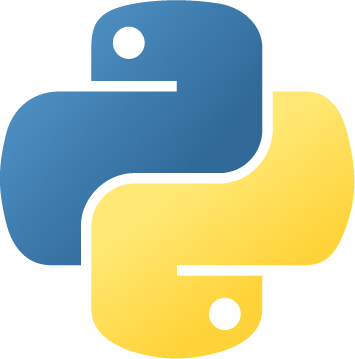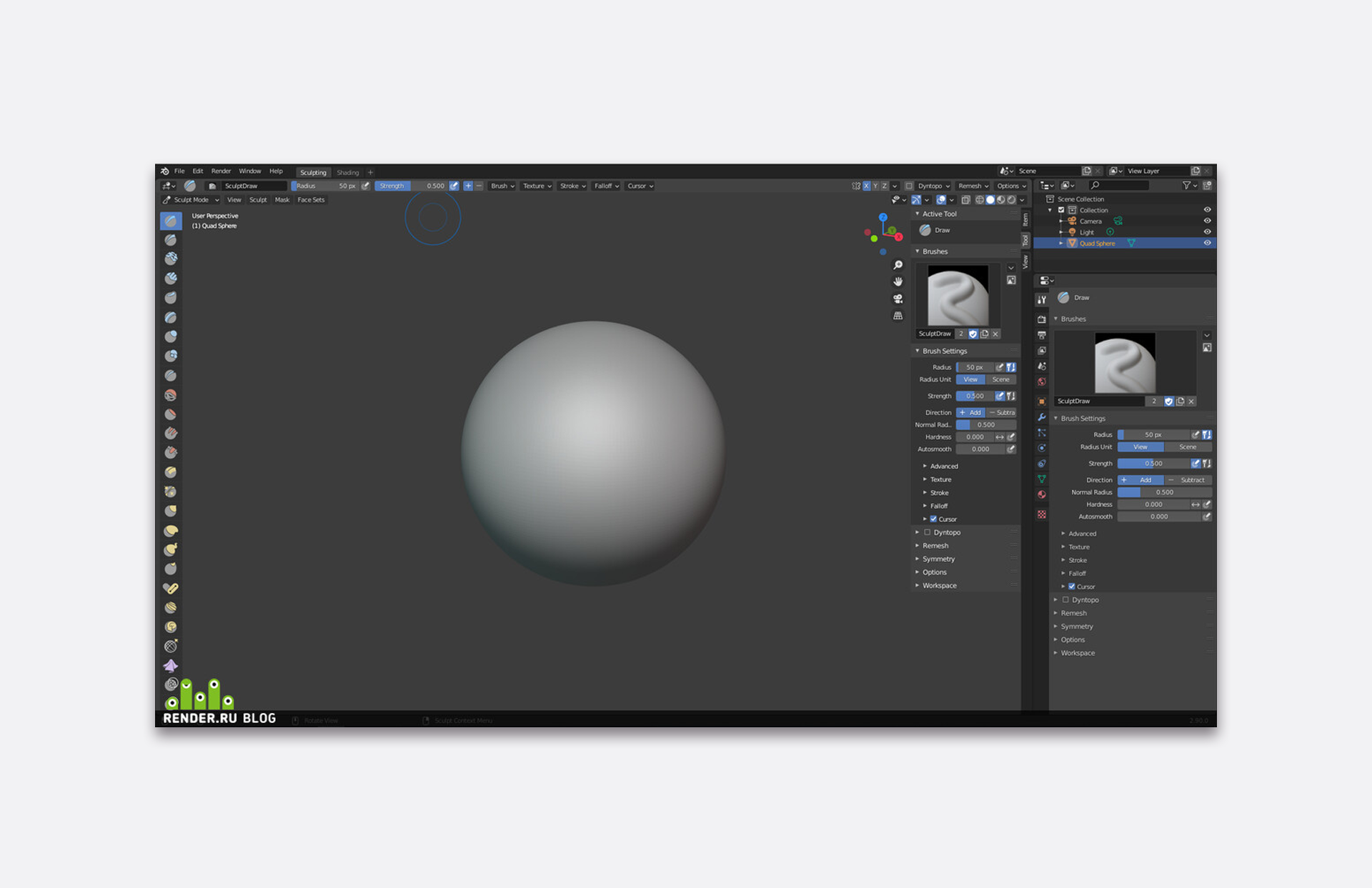Many developers answer the question of why they need the python language - for happiness. For all the complexity of the tasks that can be solved with Python, it remains easy to learn and use, both for those who have been programming in other languages for many years and for those who have decided to try their hand at development for the first time.

PYTHON
Python is a high-level general-purpose programming language. Its short syntax, clear structure, and high data processing speed have made it one of the most popular in a variety of industries, from the gaming industry to BigData. It is available in all operating systems, from UNIX to Linux, and of course Mac OS and Windows, and most importantly, it is perfectly compatible with hardware and easily integrates with third-party software.
The python language is used in server, application, and web programming. According to StackOverflow, it is the only one that has been steadily increasing its popularity among developers and demand for 5 years, and in 2020, it overtook even Java, taking second place in the ranking of the most promising.
Python is a versatile language, but it is most commonly used in web application development, machine learning (for neural networks and artificial intelligence), and for writing the server side of complex applications.
Python programming basics are the most popular courses in American and European universities, as well as in Ukrainian IT schools. Experienced developers learn it as a complement to their main language and find it useful in current projects. In general, Python is the future of programming. By choosing it for your project, you don't have to worry about being left without support in a few years or having to rewrite the application on a different base. But. There are many tasks for which highly specialized solutions are better suited, so you shouldn't choose Python just because it's fashionable - this is just a basic reason to pay attention to this language.
Python has the most minimalistic syntax - where other languages require 10 lines of code, you can get by with one. At the same time, the language is very readable and clean, and it has no unnecessary parentheses, the loss of which can lead to errors in almost any other language.
One of the best things about Python is its versatility. Your program doesn't have to be completely written in this language. Maybe you need a powerful server side or a module for statistics and analytics, or maybe you need a short script for one of the business logic functions of the project. In any case, python code can be easily integrated into a project in any other language to make it better.
Python is an interpreted programming language. It doesn't need to be compiled (although it can be if you need to insert a piece of Python code into a project in another language), and before the code is read by an interpreter program, it looks like a text file. You don't need powerful hardware to develop - you can write in Python even on a relatively old tablet.
As a high-level programming language, Python is quite abstract and designed to be user-friendly. Moreover, its main USP is conciseness. Therefore, almost all typical tasks are implemented in the language's built-in tools. In addition to this, you will have access to hundreds of Python libraries for various tasks, from image analysis to speech recognition, as well as frameworks with tools for all the initially listed applications of the language.
Python is one of the most popular programming languages. It can be used to write incredibly complex applications for the web, PC, and mobile platforms. It is perfect for the server side of any project, in particular, for writing scripts that significantly speed up applications and expand their capabilities. A simple and minimalistic syntax, along with a huge number of libraries and tools, make Python a good solution for projects with a variety of business logic.


